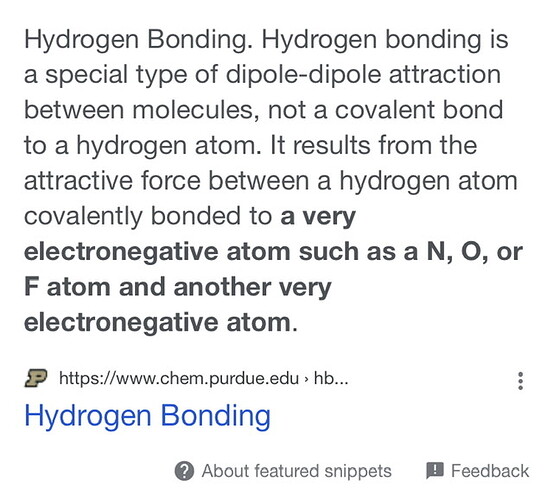So. This game will come with a new periodic table of elements that shows hydrogen is the Uber proton. It will show bonding is a pyramid scheme (I mean Linnaean thingy). See attached picture for the starting point.
This game will not be a board game or a computer or app game. Instead, it is more like Simon. You hold the programmed components, tactile manipulatables, in your hands in order to create bonds.
Do this for every element found in nature.
If you try to bond elements where a bond can’t happen, the screen that is embedded in it shows a red X and makes a family feud noise.
The screen that is embedded in each element shows the Lewis structure until you properly bond it with another element. Then the screens of both elements reward you with some sort of light show and vibrational thingy and what their elements look like bonded in the Lewis structure.
At the same time it will show how it is either a metal or nonmetal, and whether it can bond covalently or ionically.
Each element will appear as the outer valence of its element, so that’s why the embedded screen will show the Lewis structure. Unless you can somehow construct its inner parts to show the Lewis structure, but 3D with valences.
It will be hooked up to GPS so it can tell you where each element needs to be distance-wise from the other elements to create a model to scale—you could see it on the screen as if you are one of the elements, or you can have multiple people go to actual locations. So, not every sphere/element will be the same size. They will also be the correct (natural) color.
Obviously to make more bonds, you need multiple copies of elements. However, you can also play with the screen to indicate how many of a certain element is bonding at each bond point (obv tactile manipulatables would be better…but, also expensive).
To win, you make the most number of bonds using the most number of unique elements in the least amount of time, either on the screen, or by going to gps locations (one player/team per tactile manipulatable).
This can be done with quarks, but not sure we should just yet.
Can be done with DNA, protein synthesis…
